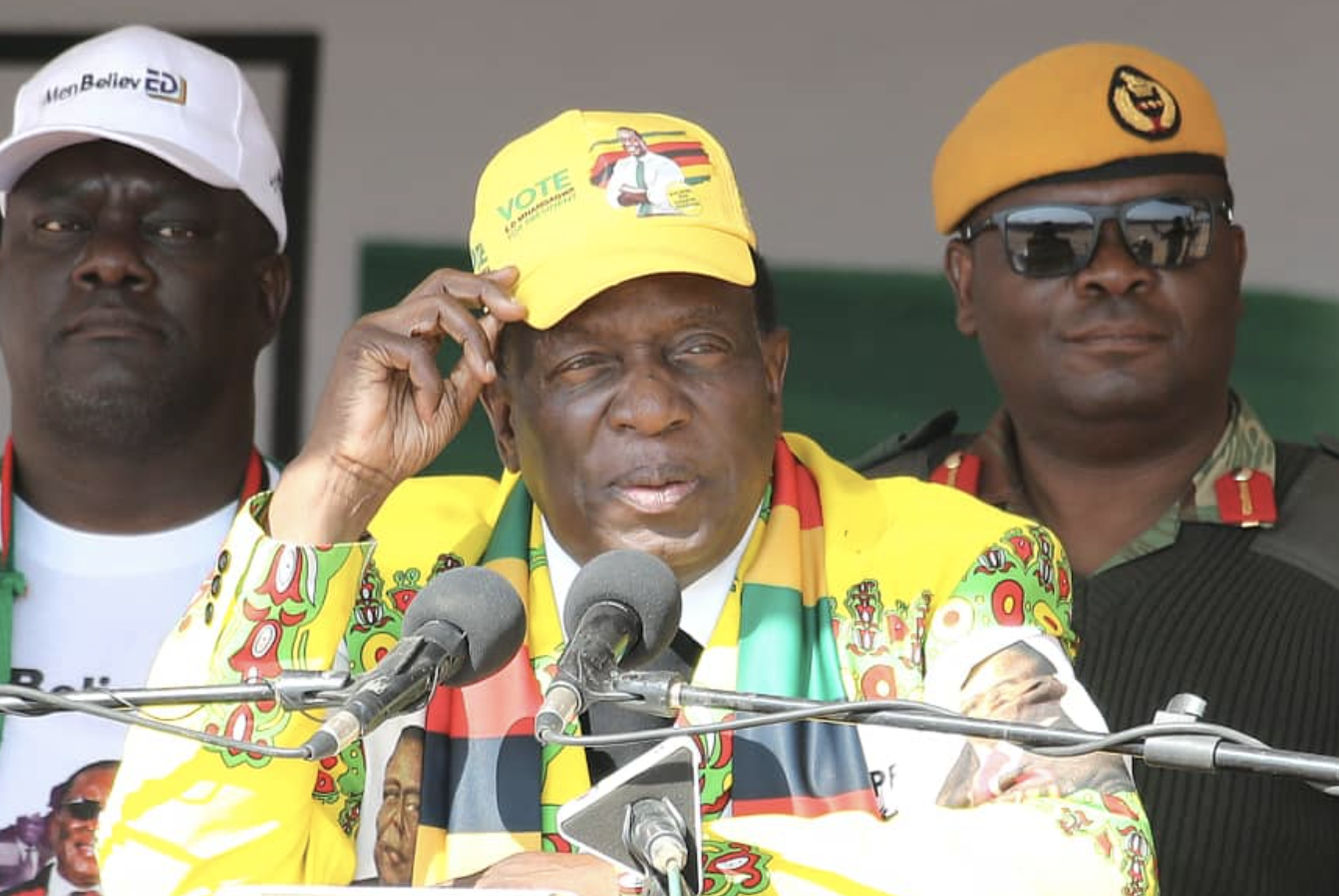The ruling Zanu PF failed to achieve the two-thirds majority it sought in Parliament, winning 136 of the 209 National Assembly seats contested, with the Citizens Coalition for Change (CCC) managing 73.
There are 210 seats in the National Assembly elected by secret ballot into which Zimbabwe is divided and one seat is outstanding in Gutu West following the death of an election candidate and will be filled through a by-election at a date to be advised.
This year CCC performed better than in the last election when it contested as the MDC Alliance as it gained 10 more elected seats while Zanu PF lost nine.
In 2018, Zanu PF gained 145 seats, gaining a two-thirds majority against the then-MDC Alliance, which had 63.
This year, Zanu PF failed to clinch a single seat in Bulawayo where CCC won all 12 parliamentary seats, making a huge comeback after an initial nomination disqualification for late filing by the High Court was reversed by the Supreme Court.
CCC added four more seats in Matabeleland North to the five that the MDC Alliance had won in 2018 and three more seats in Matabeleland South.
However, Zanu PF won three more seats in Harare.
Check out: https://elections.cite.org.zw/live-result/house-of-assembly
Most people will ask what the threshold for obtaining a two-thirds majority in Parliament is.
The answer is two thirds majority is 186 because the National Assembly has 280 members (that is 210 elected members + 60 women chosen under PR and 10 youth quota seats).
While the two-thirds threshold of the 210 constituencies to which Zimbabwe is divided under Section 160(1) of Zimbabwe’s Constitution is 140 constituencies, this threshold is insufficient to determine the two thirds threshold of the lower house of Parliament, which has a total membership of 280 members.
Background: Section 124 of Zimbabwe’s Constitution states the National Assembly consists of (a) 210 members elected by secret ballot from the two hundred and ten constituencies into which Zimbabwe is divided; and
(b) for the life of the first four Parliaments after the effective date, an additional 60 women members, six from each of the provinces …, elected under a party-list system of proportional representation based on the votes cast for candidates representing political parties in a general election for constituency members in the provinces;
(c) a further additional 10 youth members, that is, persons aged from 21 to 35 years, one from each of the provinces into which Zimbabwe is divided, elected under a party-list system of proportional representation—
(i) which is based on the votes cast for candidates representing political parties in a general election for constituency members in the provinces; and
(ii) in which male and female candidates are listed alternately.
Section 120 of Zimbabwe’s Constitution states the Senate consists of 80 Senators, of whom
— (a) six are elected from each of the provinces into which Zimbabwe is divided, by a system of proportional representation conforming with subsection (2);
(b) 16 are Chiefs, of whom two are elected by the provincial assembly of Chiefs from each of the provinces, other than the metropolitan provinces, into which Zimbabwe is divided;
(c)the President and Deputy President of the National Council of Chiefs; and
(d) two are elected in the manner prescribed in the Electoral Law to represent persons [living] with disabilities.
(2) Elections of Senators must be conducted in accordance with the Electoral Law, which must ensure that the Senators referred to in subsection (1)(a) are elected under a party-list system of proportional representation— (a) which is based on the votes cast for candidates representing political parties in each of the provinces in the general election for Members of the National Assembly; and (b) in which male and female candidates are listed alternately, every list being headed by a female candidate.
Therefore the threshold of two thirds majority in the Senate is 53 senators.
Meanwhile, taken as a whole, there are 360 Members of Parliament (that is 280 Members of the National Assembly plus 80 Senators.)
This means the two thirds majority of Parliament as a whole is 240.

